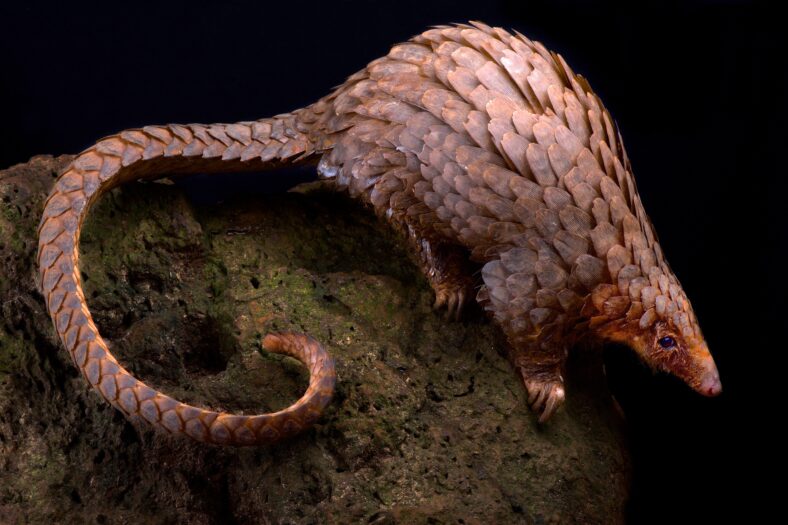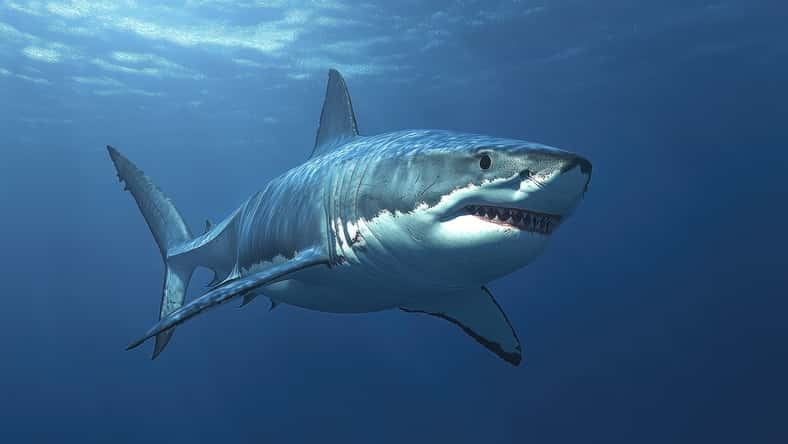
As the only mammal in the world covered in scales, pangolins are unique. These creatures are solitary and nocturnal.
Very little is known about their behaviors in the wild, but in captivity, they often die within the first few months due to disease and stress.
They are also important for maintaining the balance of their ecosystem and have been for more than 80 million years.
They eat up to 200,000 ants and termites each day, acting as a natural pesticide to forests while airing out the soil and encouraging new growth.
Pangolins are the world’s most heavily trafficked wild animal. In the past two decades, more than 900,000 were poached.
They are highly sought after for use in traditional medicine, which requires pangolin meat and scales. As a result, many pangolin species have been driven to the brink of extinction.
Across Asia and Africa, there are eight species of pangolin. The two species that are especially at risk are the Malayan pangolin (Manis javanica) and the Chinese pangolin (Manis pentadactyla).
Since 2014, they have been listed as critically endangered on the Red List of the International Union for Conservation of Nature (IUCN).
A new study has investigated the genetic vulnerabilities and extinction risks for Malayan and Chinese pangolin species. The research team first generated high-resolution genome sequences of the two pangolin species.

Sign up for Chip Chick’s newsletter and get stories like this delivered to your inbox.
They used this data, along with previous genetic data from 37 Chinese pangolin and 72 Malayan pangolin, to reevaluate the genetic variation of five pangolin populations. The greater the variation, the healthier future generations will be.
Overall, the genetic diversity was quite high, which was a good sign for pangolin health. However, the analysis showed that some populations were at a higher risk of extinction than others.
Based on the genetic data of one pangolin population, the researchers concluded that this population had experienced a significantly faster and sharper decline in the past 10,000 years compared to the other populations in the study.
Additional genetic parameters, such as the level of inbreeding within a population, indicated that this particular population faced a greater threat of extinction.
More work is needed to confirm which pangolin populations are under the most pressure and to help guide current genetic rescue efforts.
“In addition to aiding the management of illegal poaching and trafficking, the Chinese government has built a breeding center for the conservation of both Chinese and Malayan pangolins and has developed an artificial breeding and reproduction program,” said Tianming Lan, a professor from Northeast Forestry University.
“With the assistance of this data, we can better evaluate the genetic rescue strategies for wild populations by rewilding and releasing these captives individuals in the future.”
The new study was published in the journal GigaScience.












